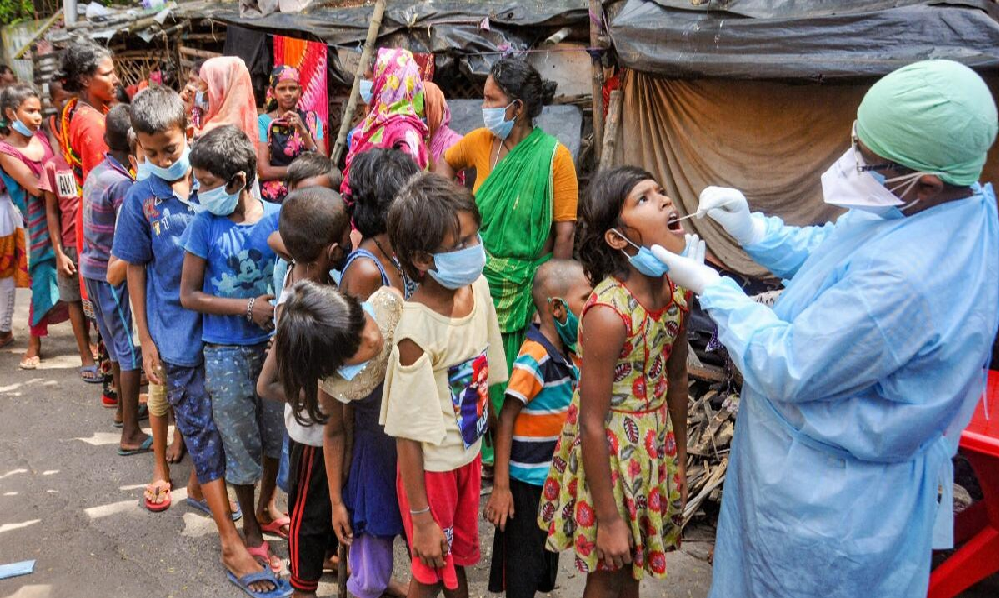The Impact of COVID-19 on global economies has been substantial, but its effect on poor households has been especially devastating. While the wealthy and middle classes have experienced setbacks, the challenges faced by impoverished families have been far more severe. The pandemic has brought to light the vulnerabilities of these households, exposing long-standing issues related to financial insecurity, access to resources, and healthcare disparities.
Loss of Livelihoods
One of the most immediate consequences of the pandemic has been widespread job losses, particularly in sectors where poor households are predominantly employed. Daily wage labourers, small business owners, and informal sector workers faced a sudden cessation of income. With no savings to fall back on, these households struggled to meet basic needs like food, shelter, and healthcare. In many cases, individuals were forced to rely on government relief packages, which were often insufficient or delayed.
Health Implications
Healthcare access for poor households has always been a challenge, but the pandemic exacerbated this issue to a critical degree. As healthcare systems became overwhelmed with cases, poor families were often the last to receive adequate care due to overcrowding and limited resources. The lack of health insurance and the high cost of treatment meant that many could not afford even basic medical attention. Furthermore, crowded living conditions in slums and rural areas made social distancing and hygiene practices difficult to implement, leading to higher infection rates and more severe outcomes among vulnerable populations.
Education Disruptions
For families already struggling to make ends meet, the closure of schools due to the pandemic posed another significant challenge. Poor households often lacked access to digital resources like laptops, smartphones, or a stable internet connection, preventing children from participating in online education. The pandemic has thus widened the educational gap between wealthy and impoverished students, creating long-term disadvantages for those from underprivileged backgrounds. Without access to education, many children risk falling behind academically, which may limit their future opportunities for growth and socio-economic mobility.
Increased Debt Burden
The Impact of COVID-19 led many poor families into a cycle of debt. With little or no income, they were forced to borrow money to survive. As a result, the Impact of COVID-19 deepened their financial instability, pushing many below the poverty line. In the absence of formal financial systems, many relied on high-interest loans from informal lenders, further worsening their financial situation.
Government Response
While governments around the world introduced relief measures to mitigate the Impact of COVID-19 on poor households, many of these efforts were inadequate. Relief packages were often delayed or insufficient, and the lack of robust social security systems meant that vulnerable populations were left without support for extended periods. Moreover, the informal nature of many poor households’ employment meant they were often excluded from formal relief programs.
CONCLUSION:
The Impact of COVID-19 has underscored the fragility of poor households’ economic stability. The pandemic has not only deepened existing inequalities but has also highlighted the urgent need for systemic changes. As we move forward, it is crucial to develop more inclusive and resilient economic systems that address the vulnerabilities of the poor. Organizations like Fikrah are stepping up to provide much-needed support, focusing on creating long-term solutions for these households.
Click here to know more about “COVID-19 Hits the Poor Harder, but Scaled-Up Testing Can Help”

